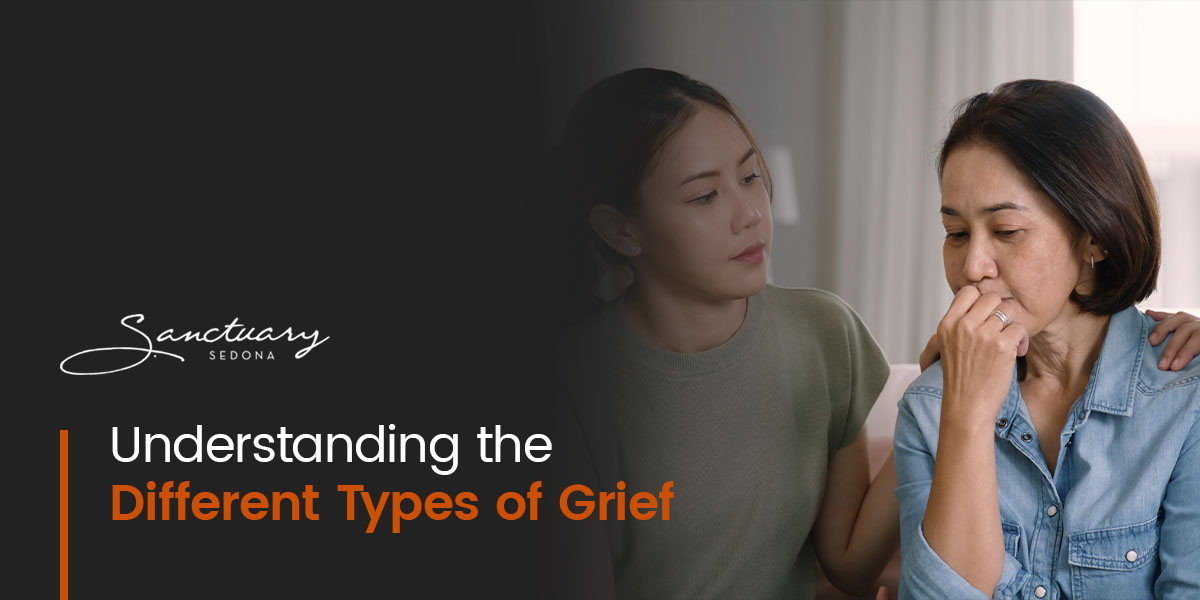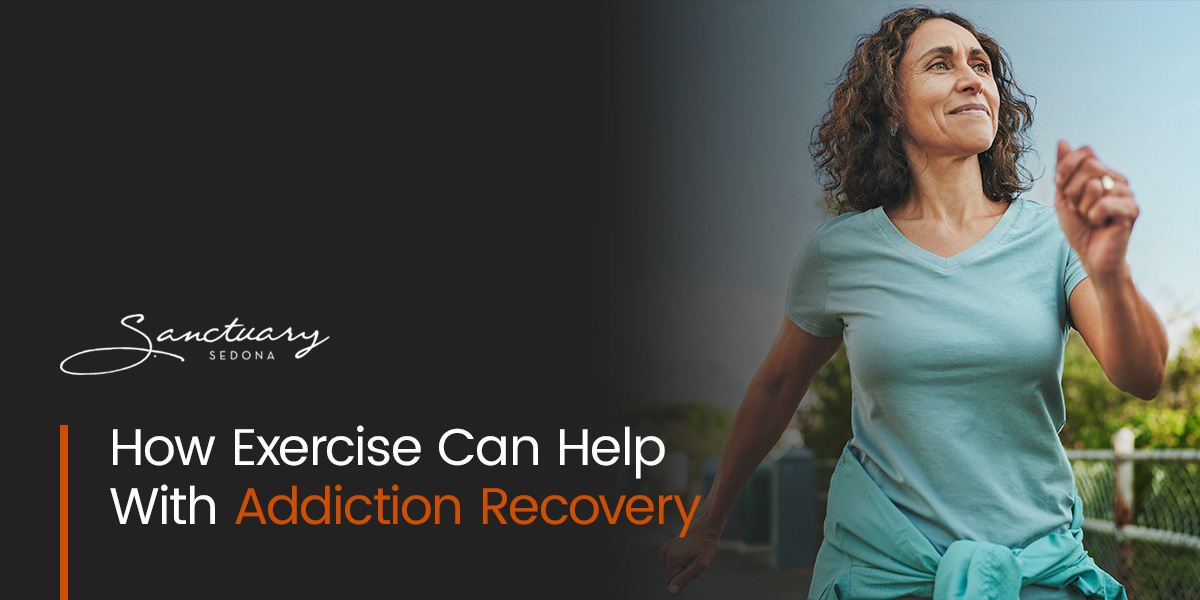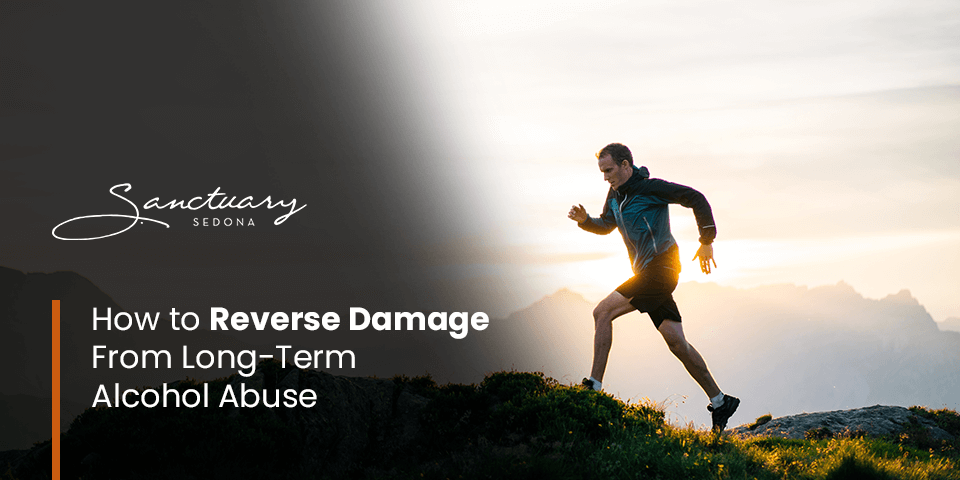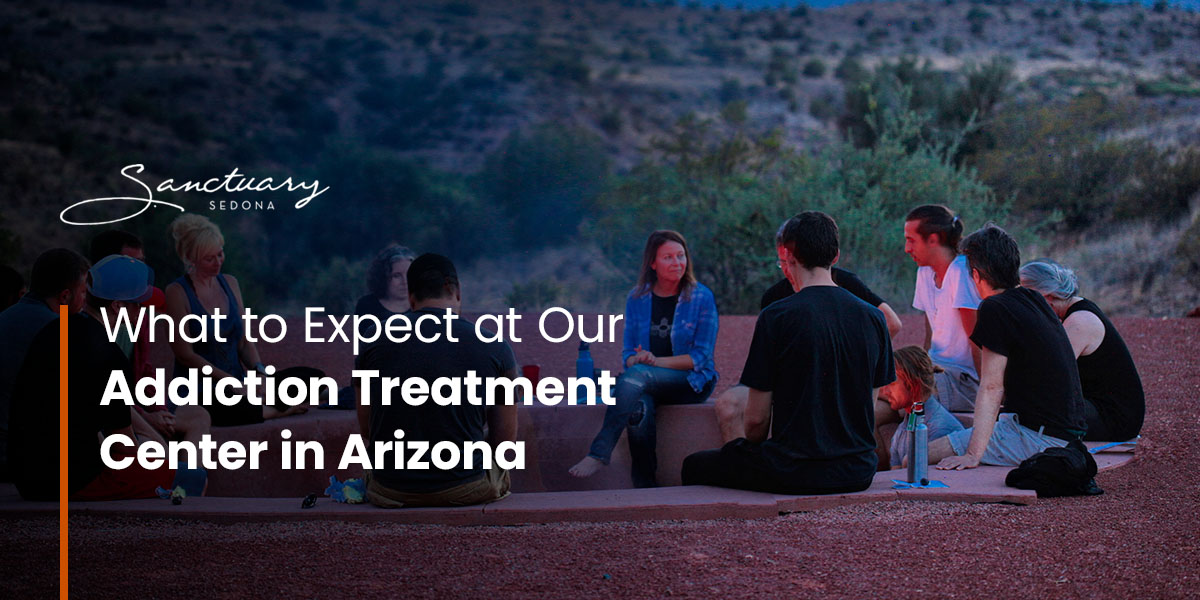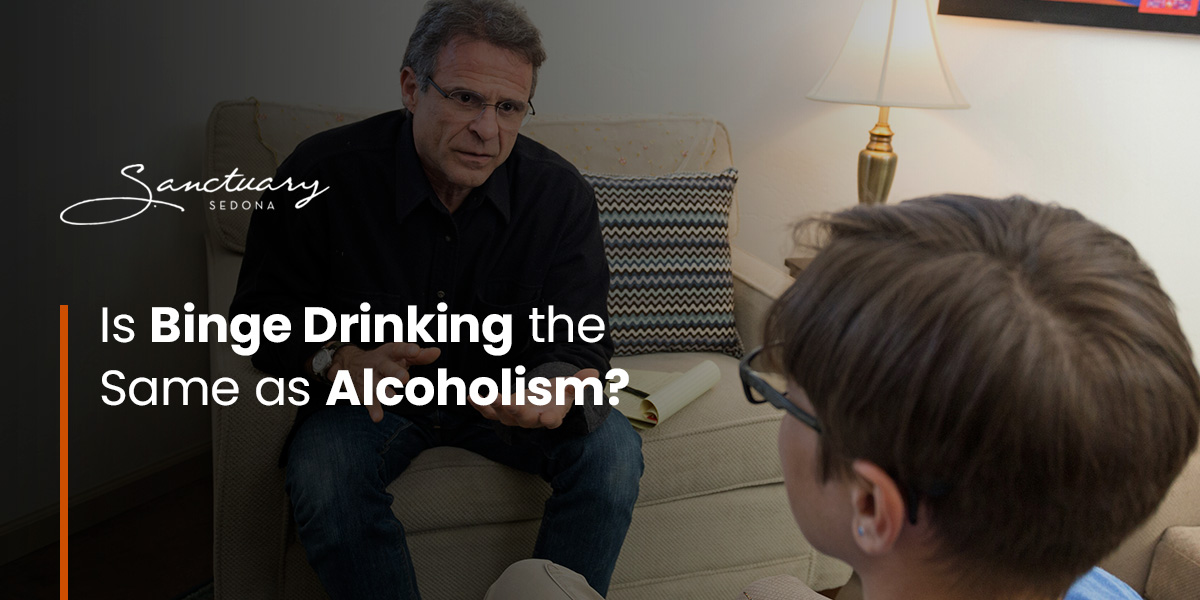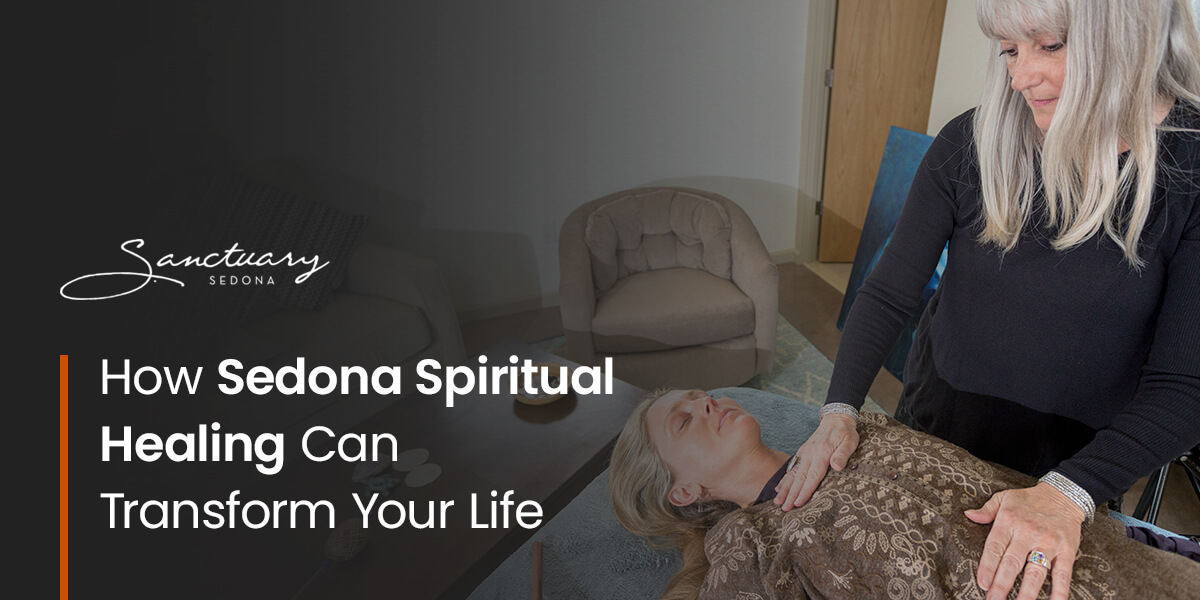Inspiring stories and information about holistic addiction and trauma recovery from the industry’s top experts.
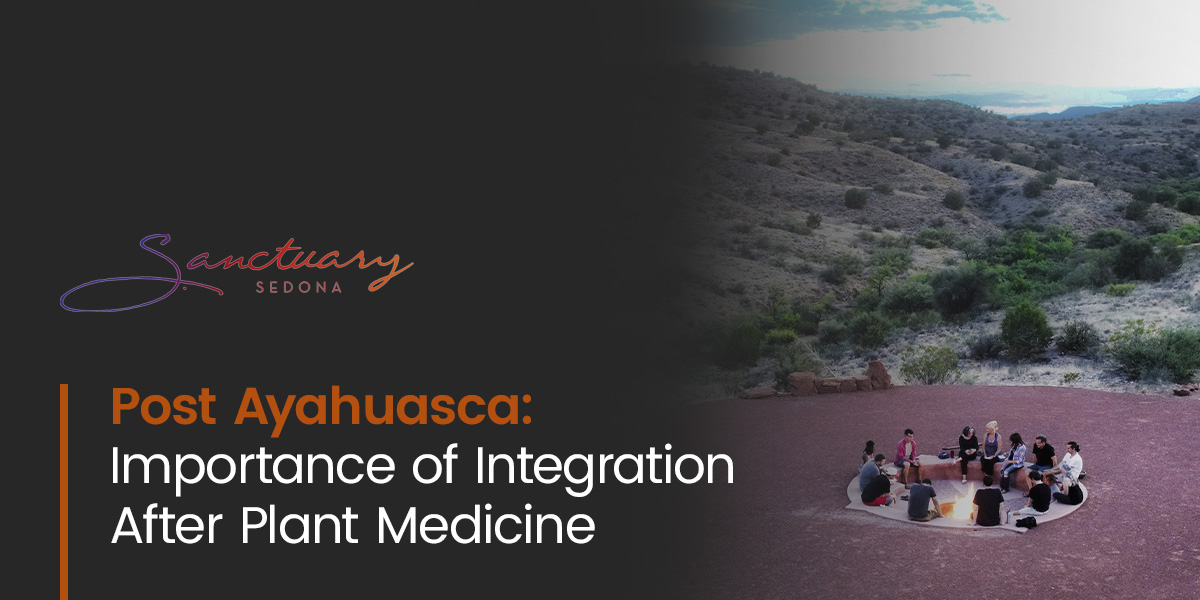
Thursday, March 21st, 2024
Post Ayahuasca: Importance of Integration After Plant Medicine
Plant medicines have been used for physical and spiritual healing for many centuries. Today, these medicines serve similar purposes and can be used as an approach to healing addiction and...
Read More

